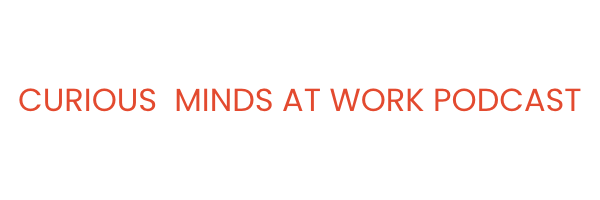 It is essential to achieve our goals, yet few of us practice it.
It is essential to achieve our goals, yet few of us practice it.
It is emotional agility — the ability to navigate the thoughts, feelings, and stories we tell ourselves as challenges arise. This does not mean ignoring how we feel or wallowing in those emotions. And it is certainly not about just being happy all the time. It is about recognizing that the monologue inside our heads is not in control of us but, rather, we are in control of it.
That is something Susan David knows a lot about. Author of the book, Emotional Agility: Get Unstuck, Embrace Change, and Thrive in Work and Life, she is a psychologist on the faculty of Harvard Medical School, Co-Founder and Co-Director of the Institute of Coaching at McLean Hospital, and CEO of Evidence Based Psychology. Her writing has been featured in numerous publications, including Harvard Business Review, Time, Fast Company, and The Wall Street Journal.
Insights from our interview:
- How we deal with our thoughts and emotions impacts our well being
- In a time of unprecedented complexity we need to be agile and responsive
- We get hooked when we treat our thoughts and emotions as facts
- How we can be blind to what is right in front of us
- The fact that we will look for information to support the stories we make up
- We engage with thought blaming when we give too much power to our thoughts
- We need to let go of our need to be right
- Between stimulus response, there is a space where we can choose
- When we bottle emotions our emotions, we miss out on what they can teach us
- When we brood or give too much space to thoughts and emotions, we get stuck
- Brooding prevents closure and moving forward
- Our consumer culture can make us feel that we are not good enough
- When we extend compassion to ourselves we are more open to change
- Constant comparison to others sets up a never ending competition
- Giving language to our emotions helps us make plans and solve problems
- Journaling thoughts and feelings for just 20 minutes a day can be life changing
- When we walk our why, we are more resilient and focused
- Walking our why helps us overcome social contagion
- The value of tweaking our emotions from have to to want to
- Making the shift from have to to want to is about prioritizing our values
- Have to language makes our brains rebel and is about obligation and shame
- Our brains are wired to make us comfortable – the unfamiliar feels unsafe
- Aim for a state of whelm, rather than over- or underwhelmed
- Emotional labor is the difference work demands and how we feel
- How many workplaces are operating out of old industrial models?
- How to raise emotionally agile children? Help them identify and label emotions.
- Courage is not the absence of fear. Courage is fear walking.
- Faced with complexity, we are less likely to collaborate, innovate or relate
- Complexity requires we develop inner skills
Episode Links
Emotional Agility article in HBR
NYTimes article – Teaching Your Child Emotional Agility
The Quiz – Emotional Agility Report – Susan David
How Levis Is Building Well-Being Programs Where They Matter Most: In Factories by Adele Peters
If you enjoy the podcast, please rate and review it on iTunes. For automatic delivery of new episodes, be sure to subscribe. As always, thanks for listening!
